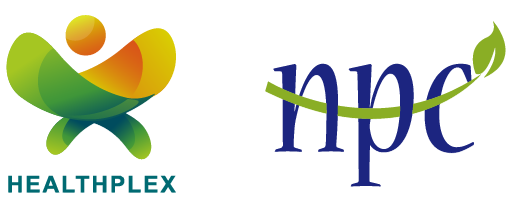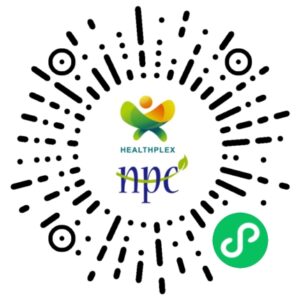Food and dietary supplement labels will be changing right in front of consumers’ eyes. Some already are. And that’s a good thing—but brands must be ready.
In 2016, FDA announced its Final Rule requiring both the Nutrition Facts and Supplement Facts boxes on product labels get updated to reflect new scientific information and to help consumers make more informed choices. It subsequently extended the compliance deadline, mandating that most manufacturers complete these changes by January 2020, although small producers get an extra year to comply. The labels on store shelves already are changing as manufacturers begin phasing in these new requirements.
Some of these revisions were welcomed by the industry. One of the primary changes is new percent Daily Value (%DV) for some essential nutrients to replace outdated science that was 20 to 30 years old. These updated values reflect what we know now about how much average consumers need of these nutrients and what their daily diets are likely to provide. It turns out, we need more of some nutrients than previously thought and less of others.
In some cases, the new label requirements have led brands to reformulate rather than relabel. Some brands want to be able to declare 100 percent of the DV or continue to market their products as “good” or “excellent” sources of a particular nutrient (terms that are tied to the Daily Values). So rather than change labels, manufacturers chose to change ingredient levels. New formulations mean new safety analyses and new stability tests to keep the claimed percentages constant.
FDA also is mandating additional label information and changing the required vitamins and minerals that must be disclosed on the label. For example, the amount and percent Daily Value of sugars added to a product must be disclosed. Vitamins A and C will no longer be mandatory on the label, but vitamin D and potassium will be declared along with calcium and iron. Still other changes include changing units of measurement for vitamins A, D and E from International Units, or IU, to more common measures of milligrams and micrograms. And folic acid—an important nutrient before and during pregnancy—will be listed as folate and be measured in micrograms of dietary folate equivalents (DFE).
One change that wasn’t greeted as positively was FDA’s new functional criteria for what can be labeled as “dietary fiber.” After reviewing additional information provided by stakeholders, FDA recognized inulin and several other isolated or synthetic carbohydrates as dietary fiber, but additional fibers will need to go through a lengthy petition process to be listed as dietary fiber in the future.
Add to all these changes a separate new requirement that foods, including dietary supplements, begin labeling to disclose the presence of bioengineered ingredients. This label mandate from USDA comes with its own criteria for what is considered bioengineered and several disclosure options, including a QR code with additional ingredient information off-label. Companies are expected to comply with USDA’s bioengineered food labeling requirements by January 2022, but they can start implementing changes in January 2020.
All these changes are intended to help consumers make more informed decisions, but they may create confusion in the short run. When confronted with two similar products on the shelf—one updated, and one not—consumers may suspect something nefarious is afoot. Seeing two different Daily Values on similar products or having different nutrients enumerated on the same product purchased weeks apart will confound rather than clarify during the transition.
The industry’s next task must be education. We must ensure that not only consumers, but also retailers, pharmacists and their staffs, retail clerks and store owners, and health care practitioners who are likely to recommend dietary supplements, are informed about the coming changes. Industry must bring along our shoppers and gatekeepers as we adjust ourselves.
In March 2019, CRN will be releasing a series of educational tools to alert all these stakeholders to the changes to supplement labeling that will be arriving during the next nine months. The toolkit will include fact sheets, an infographic, a microsite, a short video, articles and blog posts, designed to ease the transition to the new labels. Much of this content will be suitable for “socializing” through a variety of social media platforms, so companies can help spread the word. The name of the campaign is “Label Wise.” Companies that seize on these “Label Wise” tools to promote confidence and assurance in their own distribution chains, can help better educate their customers. Find out more about the “Label Wise” campaign by visiting the CRN website
Changes in the appearance of trusted, everyday products can produce either apprehension or approval. The best way to steer consumers toward appreciation is to prepare them for the changes. When they see their trusted brands endorsing the new labels, consumers can’t help but welcome the changes as well.
Natural Products INSIDER
Steve Mister


